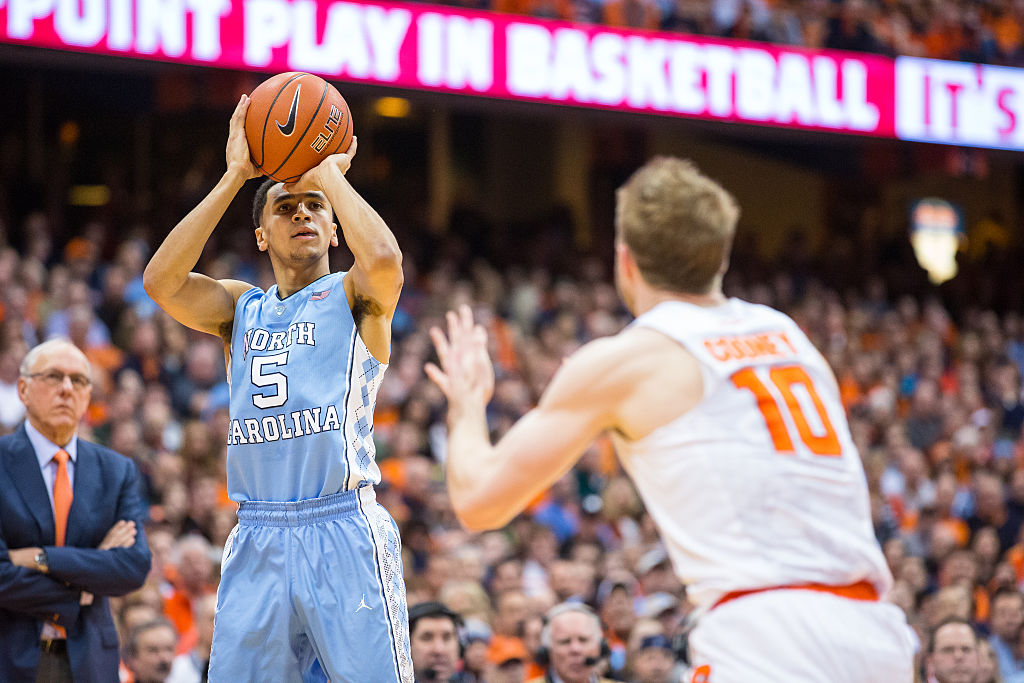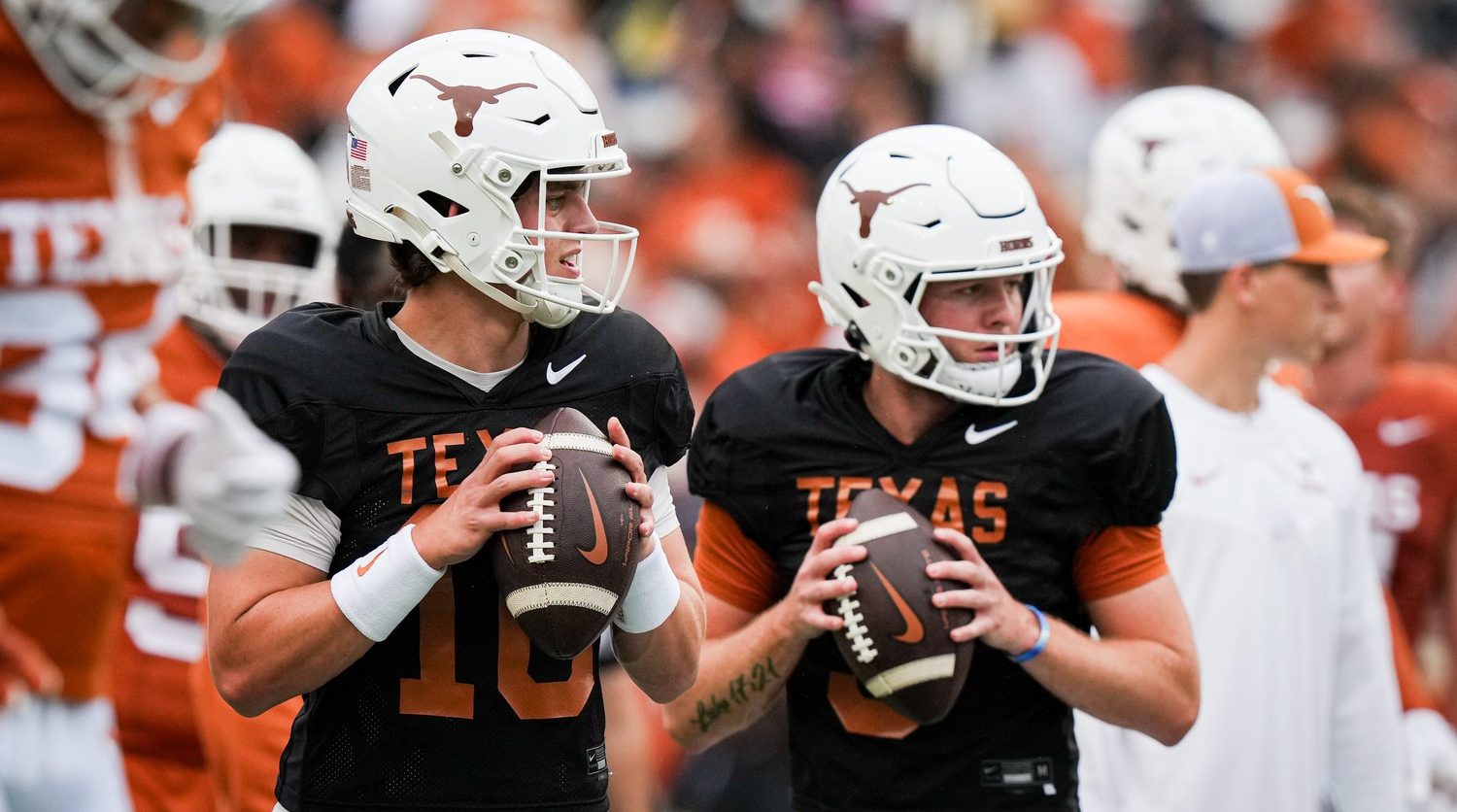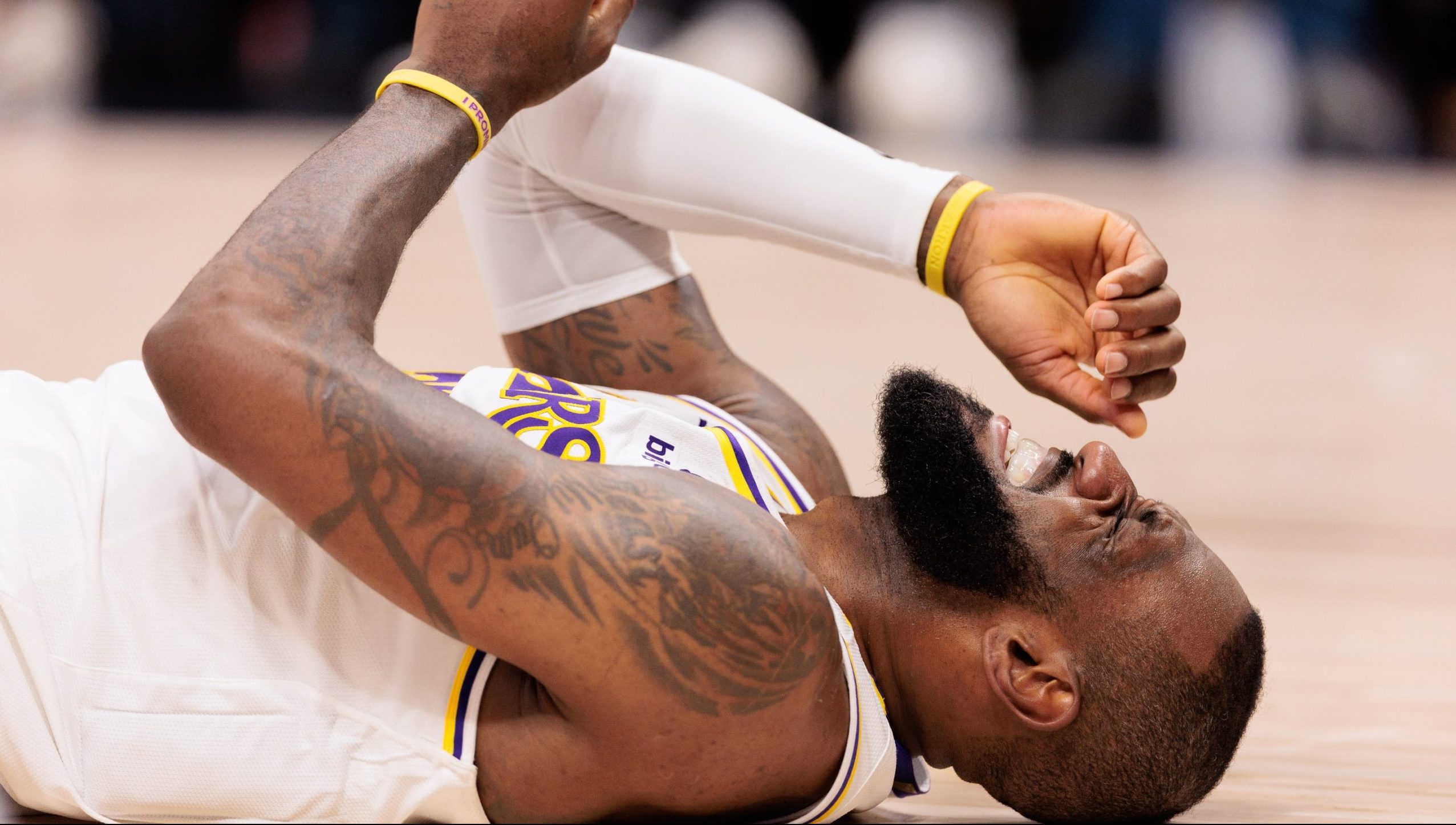When the ACC placed six teams in the 2016 NCAA Tournament Sweet 16, it was something of a foregone conclusion they would get at least one team in the Final Four. There was a very strong likelihood that the ACC would get two teams in the Final Four as well, given how teams from that conference were playing and, more logically speaking, how the bracket broke down as the tournament’s road to the Final Four rumbled into its second weekend.
Only nobody thought it would be Syracuse.
In the East region, the ACC had top seeded North Carolina and No. 6 Notre Dame reach the Sweet 16, and when both made it to the Elite Eight, the ACC had one lock for the Final Four. The same was true in the Midwest region, when top seeded Virginia and No. 10 Syracuse reached the Elite Eight as well, guaranteeing two of the Final Four spots would be reserved for the ACC.
The left side of the bracket wasn’t quite as kind for the conference, as Miami flamed out to Villanova in the South regional Sweet 16 game and Duke did the same against top-seeded Oregon in the West. But that shouldn’t diminish what the ACC has done this season, continuing what’s been an incredible trend in the NCAA Tournament as the field expanded over the years.
Two teams from the same conference make the Final Four a lot. Seriously. A lot.
Each of the last four seasons, and 13 of the last 18 years, two teams from the same conference have reached the Final Four. What’s fascinating about this most recent run is that the multiple Final Four teams have come from different conference each of the last four years. It would make sense if the ACC or Big Ten or whatever power conference had a host of super talented teams for multiple seasons—think the SEC in football—but this recent run has come from all over the country.
In 2015, the Big Ten put both Wisconsin and Michigan State in the Final Four. Wisconsin was a No. 1 seed, but the Spartans were like the Orange this year and crashed the Final Four party, making the trip as a No. 7 seed last season.
In 2014, it was the SEC—a conference that only had two teams in the entire tournament this year—with No. 8 seed Kentucky getting hot and making the national title game, while No. 1 seed Florida also made the tournament’s final weekend.
In 2013, it was the Big East—the old Big East before the split—as Louisville won the national title while still technically part of the Big East and Syracuse, then a No. 4 seed also representing the Big East, made the Final Four as well. Of course, both of those teams are now in the ACC, but four conferences in four years, nonetheless.
In total, since the NCAA Tournament expanded to 64 teams in 1985, 22 of the 32 tournaments have seen two teams from the same conference reach the Final Four.

This is an event that’s success has been based on its wild unpredictability, and yet in nearly 70 percent of the tournaments in the last 32 years, one conference has put two teams in the Final Four.
One explanation might be that as the field expanded, so did the number of bids for power conferences. This year, for example, with the field set at 68 teams, the ACC, Big Ten and Pac-12 each had seven bids, with the Big East getting 5. That’s more than 38 percent of the tournament field filled by teams from four conferences. So it stands to reason one of them might get two teams into the Final Four.
Or, as the tournament field gets deeper in terms of quality—a No. 15 seed and a No. 13 won again this year to go with a handful of No. 12 seeds, and the second weekend featured teams on the 6, 7, 10 and 11 lines with a 10-seed in the Final Four—a case can be made that it’s harder for teams from the same conference to make the last quartet, needing to win four tough contests on the way to the national semifinals.
In any event, it happens, a lot. And it happened before the tourney was this big, too.

In 1980, the NCAA expanded the tournament to 48 teams before going to 64 five years later. Twice in that span the tournament had two teams from the same conference make the Final Four.
Before that, the tournament expanded to 32 teams in 1975 and 40 teams in 1979 and just once in that span did two teams from the same conference make the Final Four—and it was widely recognized as one of the greatest Final Fours in NCAA Tournament history.
The 1976 Final Four took place in Philadelphia and featured the undefeated Indiana Hoosiers facing the historically dominant UCLA Bruins in the national semifinal, while Big Ten foe Michigan took on Rutgers, also undefeated heading into the Final Four. Both Indiana and Michigan won their semifinals, and the Hoosiers capped that season—one of the greatest in basketball history—by winning the first-ever meeting between two conference teams in the Final Four.
https://www.youtube.com/watch?v=FNpK1n4vZ-I
History has shown that picking two teams in the Final Four should be part of your bracket process every year, but predicting the conference is almost impossible. Over the last three-plus decades, the Big Ten has had two teams in the Final Four eight times, with the ACC just behind with six. The Big East and SEC have put two teams in four times apiece, while the Big 8/Big 12 has done it three times.
Again, with conferences changing all the time and teams moving from one to the next every few years, it’s hard to keep track of who is where and when. Louisville, for example, has been in four conferences since 1995, and three since 2005, and the Cardinals program has been to the Final Four ten times in school history, as an independent, a member of the Missouri Valley, the Metro, Conference USA and the Big East. The only conference Louisville hasn’t represented in the Final Four is the one the school is in right now, the ACC.
That’s just one example of the moving and shaking teams have done over the last few years, and still, more years than not, two members of the same conference make the Final Four.
What’s interesting is that while two teams from the same conference have made the Final Four quite often, it’s only happened that three teams have made the same Final Four once—in 1985, when the Big East sent top seeds St. John’s, Georgetown and eight-seed Villanova to the Final Four, with the Wildcats winning their only national title. Villanova is back this year, albeit the lone Big East participant.
Also interesting is that while two teams from the same conference often stick around for last call at the Big Dance, two teams from two conferences have never made it in the same year.
This season it looked like it could happen, as the best options were the ACC and Big 12, with North Carolina and Virginia both on the top line along with Kanas and Oregon, who many were picking to fall to second-seeded Oklahoma.
While the Sooners held up their end of the deal by topping Oregon, Kansas wasn’t able to beat Villanova. And while North Carolina made the Final Four for the ACC, it was Syracuse crashing the party for the conference, sending Virginia home earlier than expected.
And still, the ACC got two teams…just not the two anyone expected.








